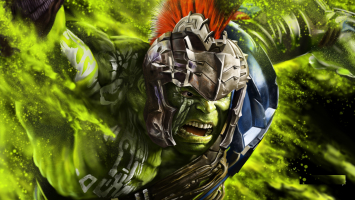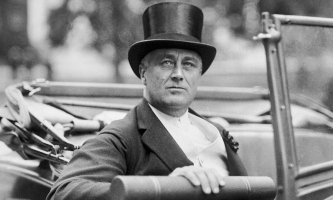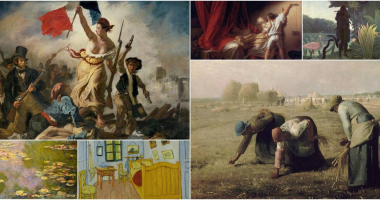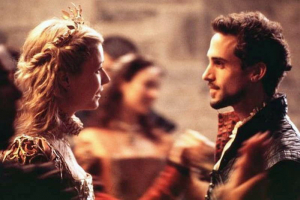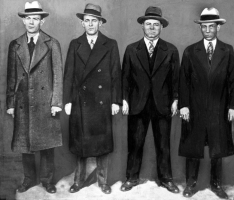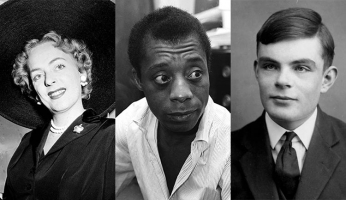Top 10 Common Words Inspired by Real People
An eponym is a name given to an object or activity that is usually the person who first invented the eponymous thing or activity. Eponyms abound in the English ... read more...language, many of which are self-evident: Fahrenheit, Marxism, even America. However, there are many others that, despite the fact that we use them frequently, aren't quite as obvious. Here are some Common Words Inspired by Real People.
-
A "dunce" is a "slow-witted or stupid person," according to the dictionary. We all recall the picture of schoolchildren wearing those tall, conical "dunce caps," as a visual sign of their stupidity, even though this practice has become less common. It was a bit harsh on the kids, but John Duns Scotus—the man the dunce cap was named after—was also wrongly handled.
Just about how you would feel if people started to associate your name with idiocy. It was made worse by the fact that John Duns Scotus was not a foolish person. He was a Franciscan friar, philosopher, theologian, and university professor who lived in the 13th century. For his clever and exact way of thinking, he was given the academic nickname Doctor Subtilis ("the Subtle Doctor"). Scotus did enjoy donning pointy hats, a habit that his "Dunsmen" adherents also adopted.
For a couple of hundred years, Duns Scotus was revered as a scholar and thinker; however, during the Reformation of the 16th century, when many of his views were rejected by the Church, this perception began to alter. He was obviously no longer able to defend himself, so his detractors ridiculed him, his theories, and his pointed hats, which is how we ended up with the moron we know today.
http://www.ehow.com/ 
https://pixels.com/ -
One of those words that you probably use frequently without giving it much thought is "guys." But the origins of the word "guy" are actually quite explosive. "Remember, remember, November 5th." Those words immediately brought to mind the failed 1605 Gunpowder Plot, in which several conspirators attempted to blow up the House of Lords.
Even though Guy Fawkes wasn't the conspiracy's mastermind, he became its public face, to the point where people began setting fire to effigies of him to remember the failed plot. Every year on November 5th, individuals create hideous, ragged figures of Guy Fawkes and other controversial historical characters, which are then set ablaze during a fireworks show.
These effigies were given the name "guys," and as time went on, the term evolved to represent common, typically homeless, tattered people. It wasn't until the word was adopted in America that it lost its strongly negative connotation and took on a neutral meaning for all men.

http://www.name-doctor.com 
https://bestofsno.com/ -
To "boycott" is to blatantly refuse to do business with someone or something because of what they are doing. It has historically worked well for "the little guy" to get back at a much larger company or wealthy employer since it frequently has an impact on what matters most to them: their bottom line. This was true of the first boycott, which involved Charles Cunningham Boycott, who bore his name. Boycott, a retired army commander, served as a land agent in the 1870s for a wealthy peer who owned a sizable amount of property in County Mayo, Ireland. Boycott's primary responsibility was to collect the outrageous rent from the villagers and to forcibly remove those who refused to pay.
Boycott exerted a little too much pressure in 1880. The entire neighborhood united against him and made him a pariah because he planned to evict 11 tenants at once. People would no longer work for him, merchants would stop selling to him, postmen would no longer deliver his mail, and the majority of people would stop speaking to him altogether. People who didn't agree to Boycott were forced or even frightened into doing so.
Without any other options, the land agent fled back to London and published an article in The Times detailing his situation. He had no trouble finding sympathizers. In order to prevent the Irish farmers from getting any ideas, the government gathered 50 volunteers who were willing to travel to County Mayo to harvest the crops. They also sent 1,000 members of the Royal Irish Constabulary and a regiment of the Royal Hussars to protect them.
The entire operation cost the government more than £10,000 to harvest crops worth £500. Boycott left County Mayo defeated because it was obvious they couldn't keep doing it, and his name was forever linked to his failure.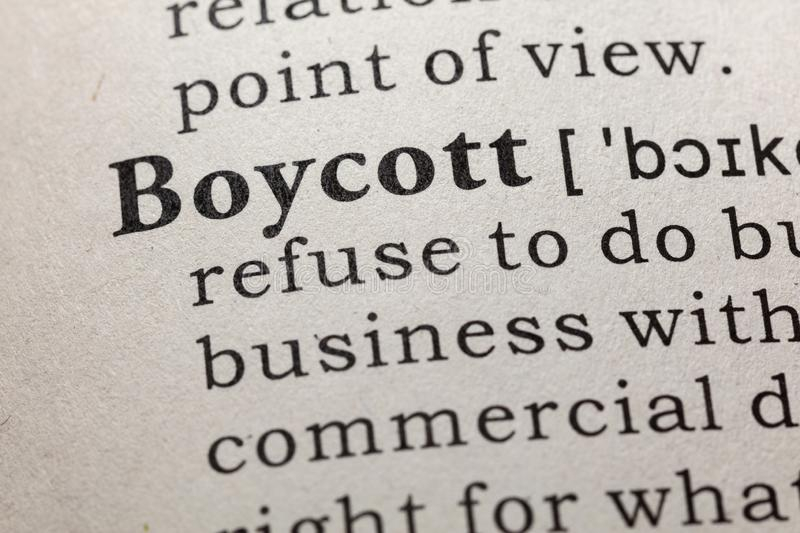
https://www.dreamstime.com/ 
https://www.vocfm.co.za/ -
The term "gerrymandering" may not be widely used, but it has certainly been used frequently recently. It refers to the political practice of redrawing district lines to favor one group unfairly over another, typically a political party. It is named after Elbridge Gerry, a founding father and former Vice President of the United States, who successfully employed this dubious strategy in 1812. He redrew the district lines in order to give the Democrat-Republicans an advantage over the Federalist Party in the Massachusetts state elections. As a result, three Democrat-Republicans were elected in a county where the Federalists had previously held all five seats.
Although historians continue to disagree over how involved Gerry was in the entire situation, it was nonetheless a successful approach. There was no denying that the technique had its fair number of detractors, which was understandable. First of all, Long, slender, and irregular districts were produced when the county map was redrew. The resulting districts appeared to form some sort of mythological, salamander-like monster in a newspaper cartoon that was published at the time. They then combined the words "Gerry" and "salamander," and thus the word "gerrymander" was created.

https://www.dreamstime.com 
https://blog.cengage.com -
The leotard wasn't always called that, despite the fact that it has evolved into the unofficial attire for gymnasts, dancers, and acrobats all around the world. It was originally known as a maillot, but French acrobat Jules Léotard, who popularized it, modified the name over the years.
Léotard, an 1838-year-old who initially intended to study law, found that he was far better at swinging about the rings, bars, and other apparatus in his father's gymnasium. He thus dropped out of law school and joined Cirque Napoleon, where he invented the first flying trapeze act.
Léotard was also interested in creating a garment that was tailored to his needs, one that didn't restrict his movement in the least. This was part of his training regimen. Extra points if it displayed his physique. Although he didn't call it that, that is how the leotard came to be. The garment didn't bear Léotard's name until some time after his tragic and unexpected passing in 1870, but this was because of their close relationship and to pay homage to one of the pioneers of contemporary acrobatics.

https://www.discountleotards.com/ 
https://www.pinterest.com/ -
Anytime a criminal is detained, he must be "mirandized," or have his Miranda rights read to him. We hear this phrase in every cop show. The ones that say things like "You have the right to an attorney," "You have the right to remain silent," etc. The assumption that they were named after someone named Miranda is not a big leap, but who is it?
When Ernesto Miranda was detained in 1963 on suspicion of kidnapping and rape, he was a 23-year-old immigrant from Mexico. After being recognized by his victim in a lineup, Miranda confessed to his crimes during questioning and even signed a written confession. He was then given a 20–30 year prison term. However, during his appeal, his defense attorneys contended that because Miranda was not aware of his privilege against self-incrimination, the confession should not have been allowed in court.
Although the Arizona Court upheld the original decision, the lawyers appealed all the way to the Supreme Court. The US Supreme Court sided with Miranda in 1966, ruling that a suspect must be informed of his rights and explicitly waive them before being interrogated by the police. The decision was made on a 5-4 vote. Miranda received a fresh trial and was found guilty this time around, but the Miranda rights have grown to be an essential component of the American legal system.
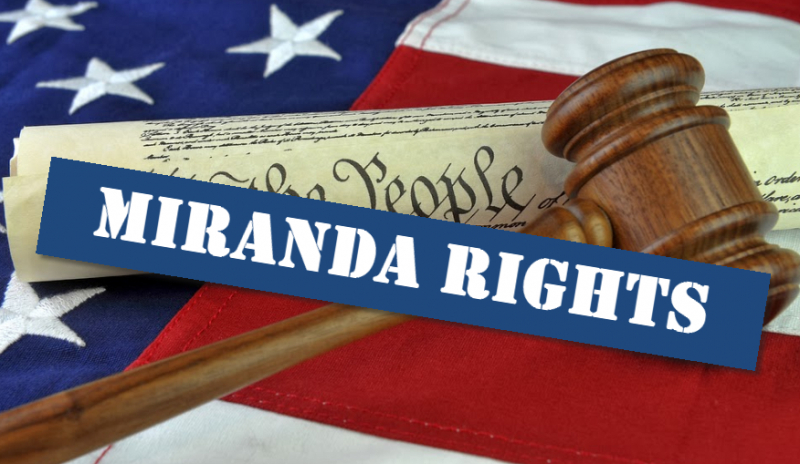
https://bubbahead.com/ 
https://bondjamesbondinc.com -
We have all heard the line "And the Oscar goes to..." numerous times. In fact, we hear it each and every time the Academy of Motion Picture Arts and Sciences bestows the most prestigious and recognizable trophy on a winner. But that begs the question: Why is it called an Oscar in the first place?
The version that the Academy itself supports assigns credit to Margaret Herrick, its former executive director, but there is no conclusive response to this. Herrick, who was the Academy's first-ever librarian, saw the statuette in the early 1930s and made a joke about how much it looked like her uncle Oscar. Since the precise name of the statuette, "Academy Award of Merit," was a bit lengthy, other staff began calling it "Oscar," and this quickly became its unofficial nickname.
However, Sidney Skolsky's 1934 article in the New York Daily News contains the earliest recorded use of the term. Without mentioning Herrick or her uncle, he referred to the prize as a "Oscar," and insisted that the name was derived from a vintage vaudeville joke.

https://shoustar.com/ 
https://www.townandcountrymag.com -
We're still in the 18th century, but this time we're in France, where Étienne de Silhouette was the Controller-General of Finances, or finance minister, of the nation. He was given the unpleasant duty of trying to replenish the nation's funds at a time when France was suffering greatly from the Seven Years' War. De Silhouette took various cost-cutting measures as a result, which didn't exactly win over the public and gave the minister a reputation as a miser.
A la Silhouette originally meant "on the cheap," but it quickly changed to apply specifically to the shadow portraits that were very popular at the time in France. A straightforward profile cut out of black paper and pasted onto a white background was much quicker and less expensive, after all, most individuals didn't have the money to spend on a properly painted or drawn image of themselves.
It's unclear how exactly De Silhouette's name came to be associated with these shadow portraits, but the most widely accepted theory holds that the minister himself was a fan and produced them as a pastime. It made appropriate to give them the name of the most infamous cheapskate in the nation because they were seen as inexpensive alternatives.
https://www.pixel4k.com/ 
https://www.behance.net/ -
Henry Shrapnel, a resourceful British army commander, spent his own time and money on research and the creation of a brand-new type of artillery round in the late 18th century. The shell, a hollow cannonball filled with lead shot intended for anti-personnel use, was created to explode in mid-air using a delayed-action fuse.
During the 1780s, Shrapnel had the opportunity to test his creation in actual combat, but the British army was slow to adopt it into its arsenal. It wasn't until 1803 that the projectile of Shrapnel was modified, employing a more contemporary, elongated shell in place of the original spherical one. The shrapnel round, a new artillery cartridge, did, however, make its greatest contributions during the Napoleonic Wars.
The projectile was adopted by militaries all across the world and used as the standard artillery round for about 100 years before the high-explosive shell rendered it obsolete. The term "shrapnel" has evolved to refer to any bomb or shell fragment propelled by an explosion, despite the fact that the shell itself went out of favor.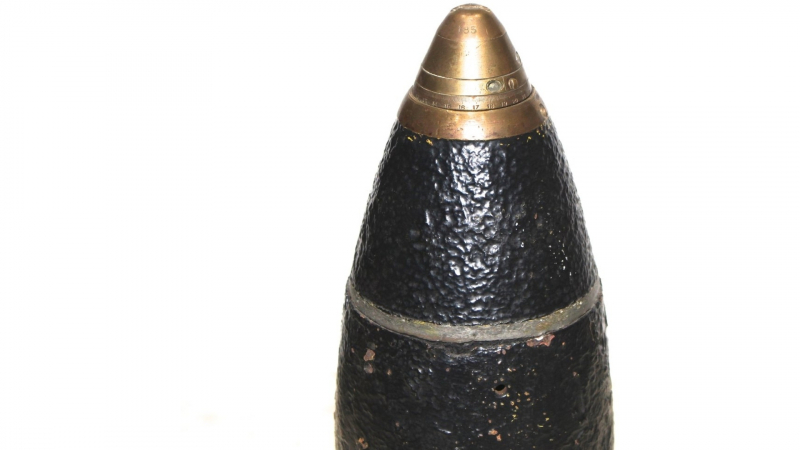
http://eshop.mjlmilitaria.com/ 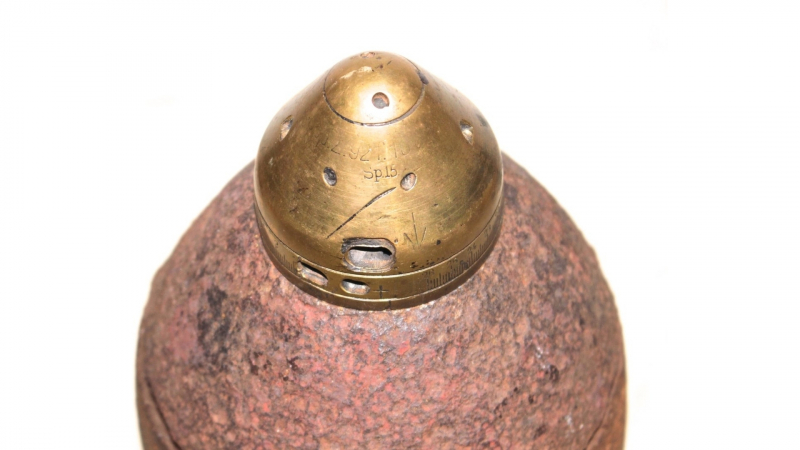
https://www.marks4antiques.com -
Ignacio Anaya Garcia, a maître d', welcomed a group of military spouses into the Club Victoria restaurant he managed one day in 1943. It was located not far from the Texas-Mexico border. The women stopped at the eatery for a quick snack after just visiting their husbands on a neighboring US Army post. There was only one issue, though: the chef wasn't there.
Anaya was forced to make do. He entered the kitchen and quickly prepared something. He melted some Wisconsin cheese over some tortilla chips, then sprinkled some thinly sliced jalapenos on top.
The ladies adored it to the hilt. Anaya identified the dish as the Nachos Especiales when asked what it was called. Since "Nacho" was his nickname, he had given the plant his own name. He had no idea that he had just invented one of the most well-liked snacks ever.

https://www.createnourishlove.com/ 
https://www.watermelon.org/












